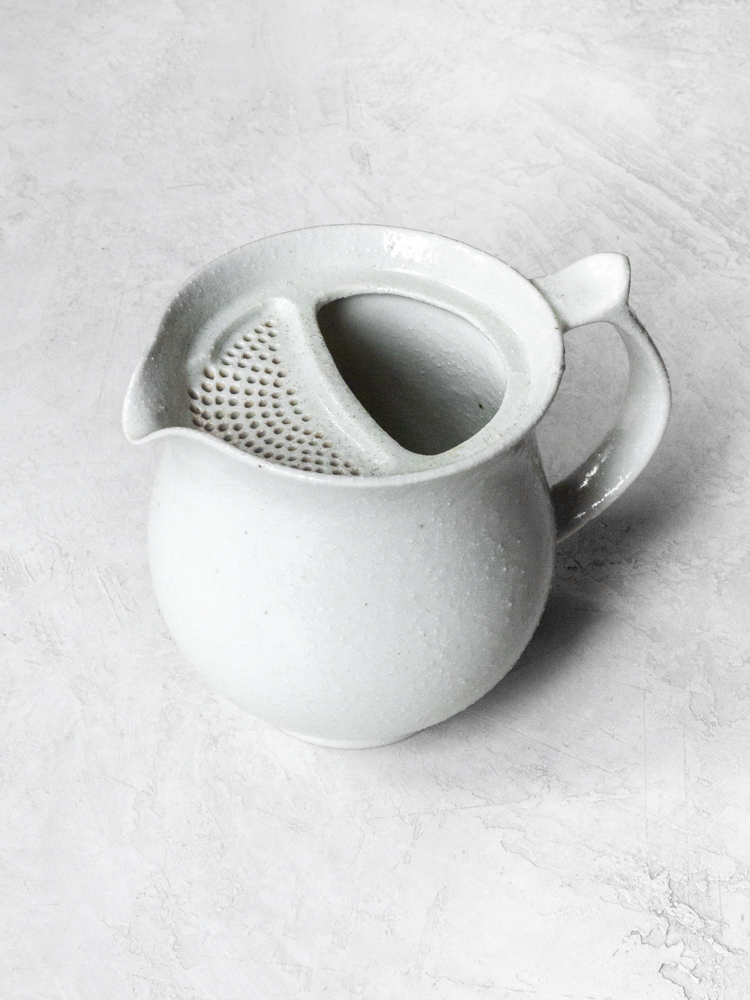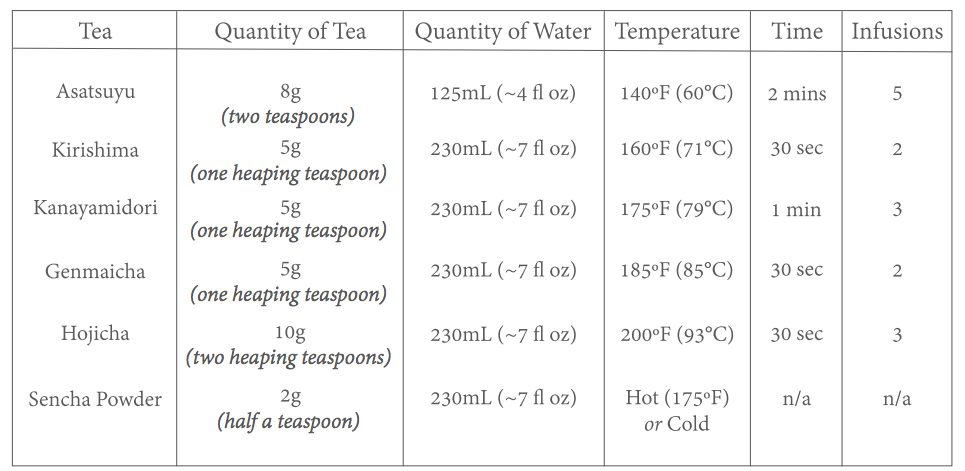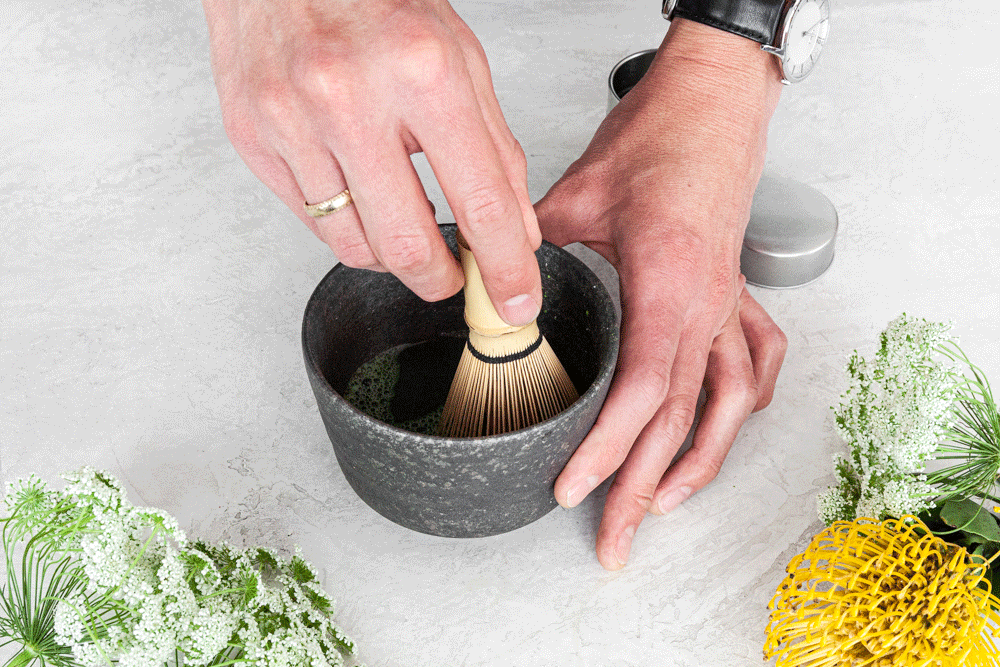Steep Learning: How to Brew Japanese Green Tea with a Kyusu
To get the most enjoyment out of your Japanese green tea, we always recommend brewing with a kyusu. Simply meaning “teapot” in Japanese, the word is often used to describe a small side-handled teapot that is traditionally used to prepare green teas. These teapots fit comfortably in your hand and allow you to extract the best possible flavors from your tea.
ABOUT THE KYUSU
Often associated with the Tokoname region of Japan, they are typically made from clay by skilled artisans and come in dozens of different styles that are intended for different styles of green tea. Unlike western teapots, they often include a built-in filter as opposed to an infusing basket. Kyusus are quite small compared to western teapots (usually holding less than 10 fl oz of liquid), while still allowing green teas the room they need to fully release their flavor. Thick clay walls aid in heat retention, while the side handle allows for one-handed operation. Some do not have lids. These are called futanashi kyusu. In order to make up for heat loss, the walls of the lidless teapot are thicker.
Using a kyusu is a simple and effective way to brew tea. Below are our tips for making a world-class cup of tea with a kyusu.
EQUIPMENT
Loose Tea
Water
Kyusu
Teacup
Tea Kettle - Today, we are using an electric kettle with built-in temperature control.
Optional - Gram scale & thermometer
Water
When you consider the fact that tea is primarily water, it makes sense to use the highest quality water you can find. Depending on the mineral content and filtration capabilities of your local water supply, tap water may be perfectly fine, but you can ensure consistency and availability by using filtered or bottled water.
Temperature
Japanese green teas generally do best with a slightly lower temperature (typically between 140 - 190ºF or 60 - 88°C). This allows the sweeter characteristics of green tea to shine through while still retaining a bit of alluring astringency.
Brewing With A Kyusu:
Pre-heat your kyusu and teacup(s) by rinsing them with hot water. This step will help ensure that no heat is lost when it comes time to brew the tea.
Measure out your loose tea with a gram scale and add it to the kyusu.
Pour the hot water onto the tea and allow to steep. Keep in mind that the tea will continue to steep as you pour and factor this into your timing.
Just prior to pouring, gently rock the kyusu with your thumb holding down the lid to allow for an even extraction.
When steeping is complete, make several short rocking pours into your teacup. This rocking motion helps prevent the filter from clogging. If preparing tea for multiple people spread the pours amongst the teacups to ensure everyone receives a similar strength.
It is important that every drop of water is poured from the kyusu. Sometimes this requires a forceful pour.
When done, place the lid on slightly ajar to let any excess steam escape.
Below are our recommended guidelines for brewing Morihata teas. These are our suggestions, but we encourage you to brew to suit your own tastes.
Re-steeping
Japanese green teas can be re-steeped two to five times. For each subsequent infusion, reduce brew time by about 0:15 to 0:30 seconds and increase water temperature by about 5ºF.
Maintenance
When you are done using your kyusu, rinse it thoroughly with water and remove the spent leaves. A clay kyusu that is unglazed or porous on the inside will retain some of the flavor compounds in tea with repeated use. For this reason, it is not recommended that you scrub it with soap. Allow it to dry completely between uses. If you plan to use your kyusu for other styles of tea, we recommend using a glazed version.
WORDS BY SAM GEAN




















